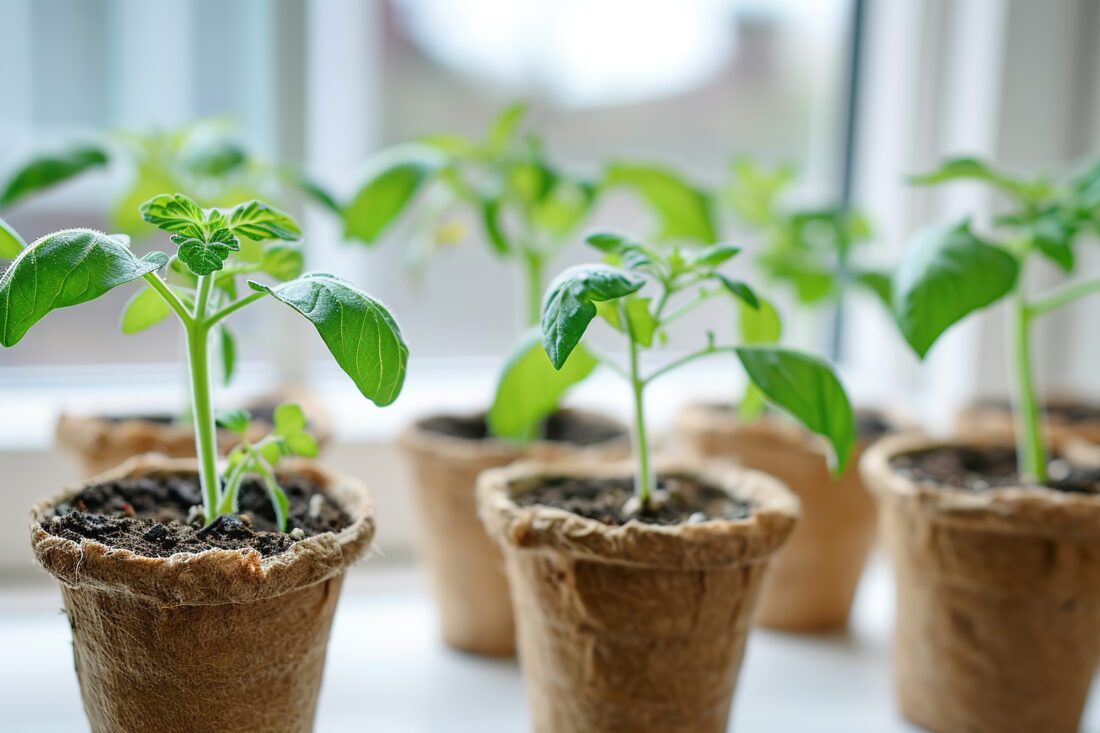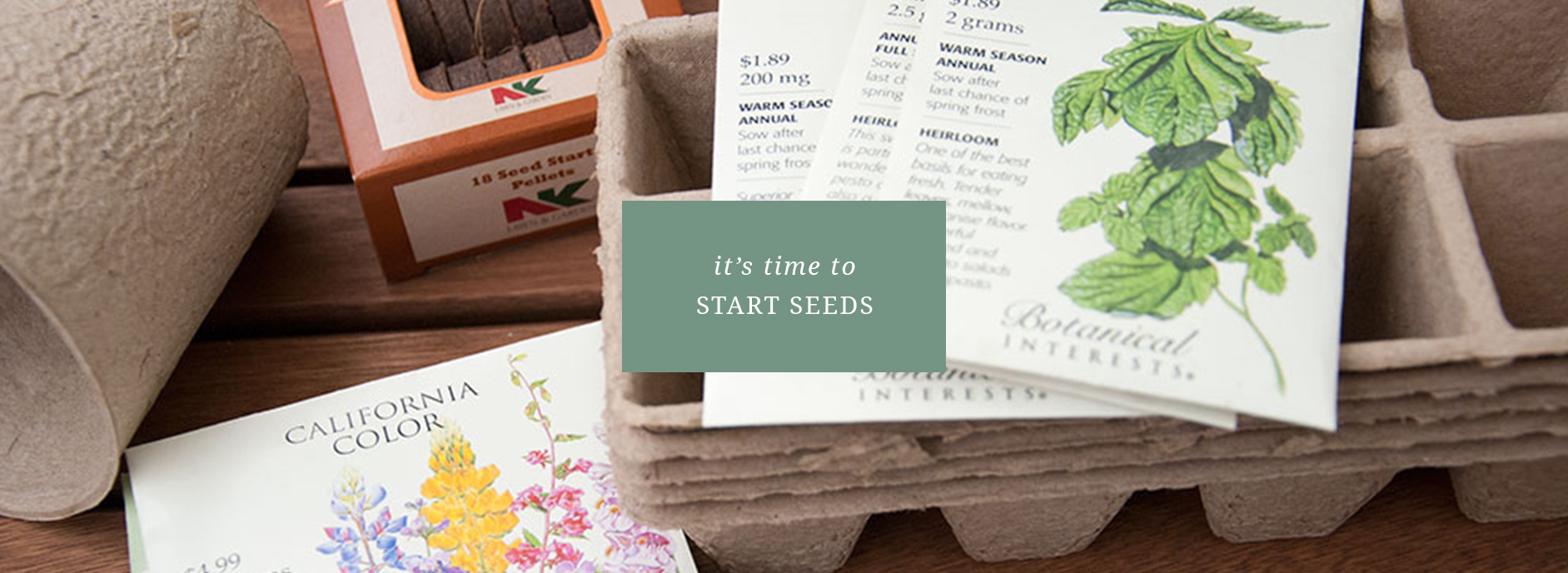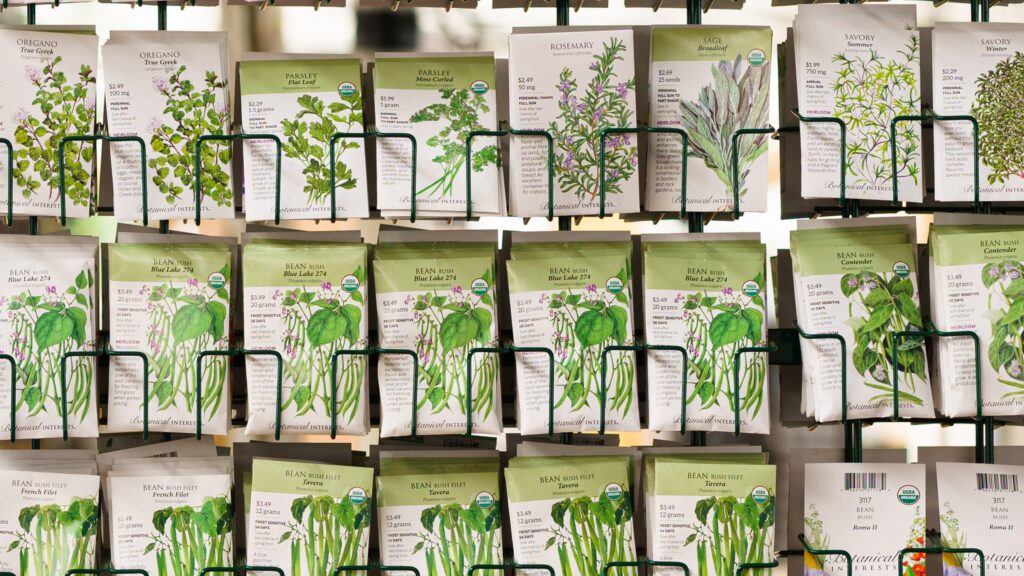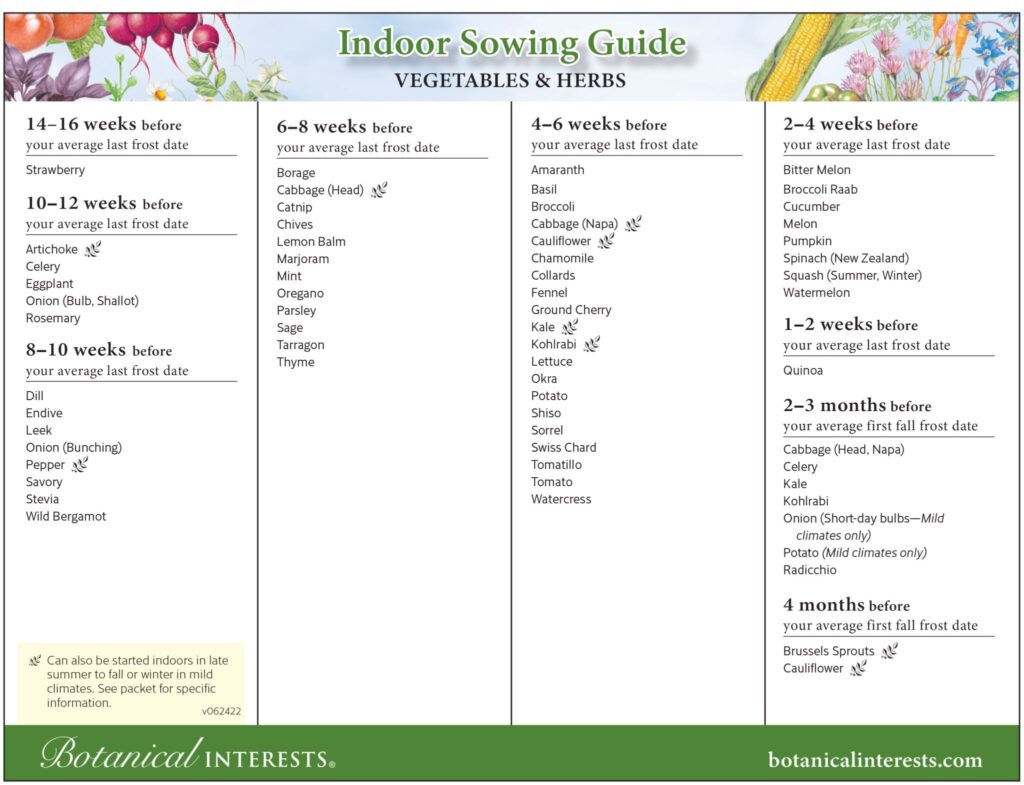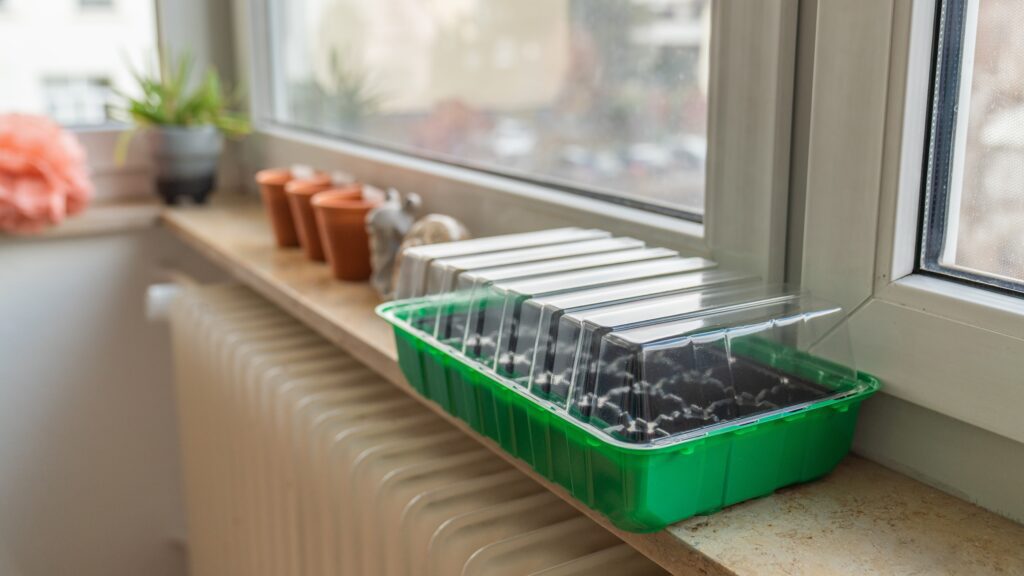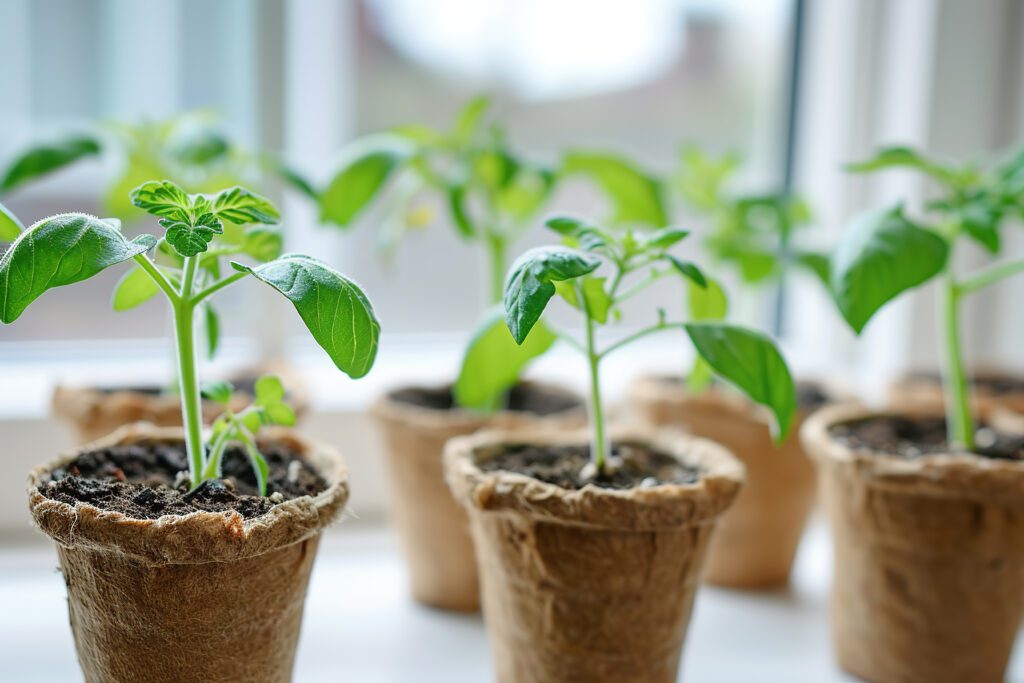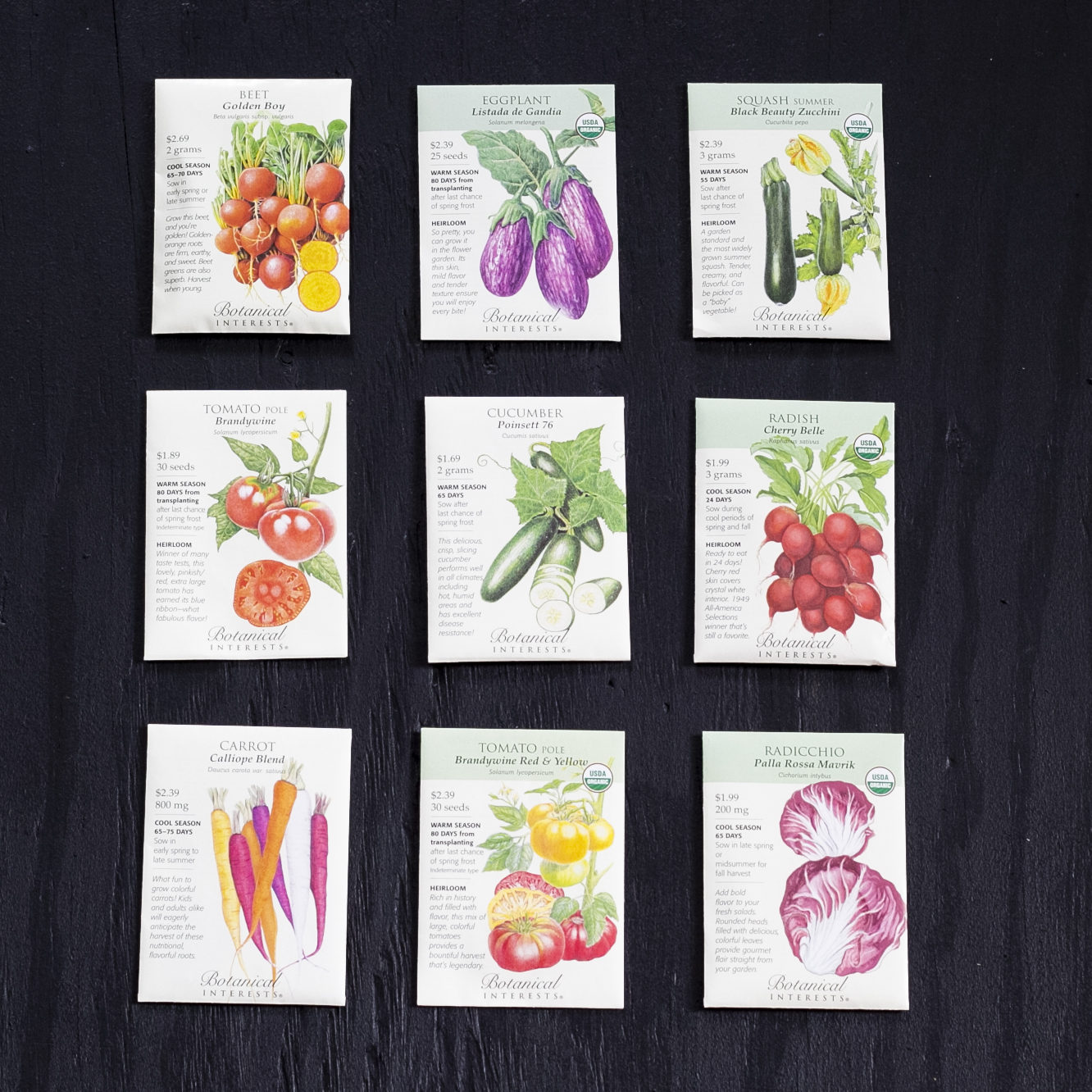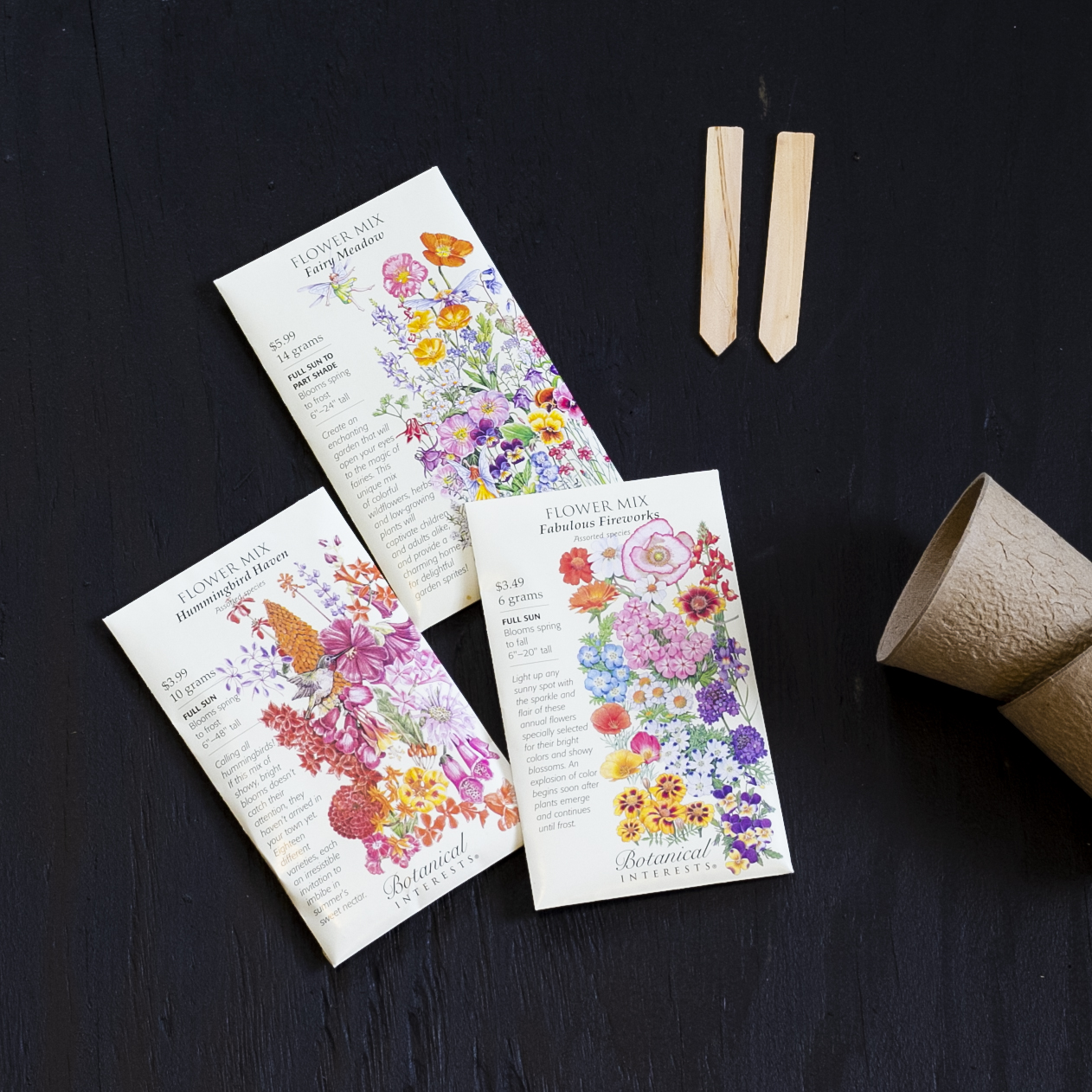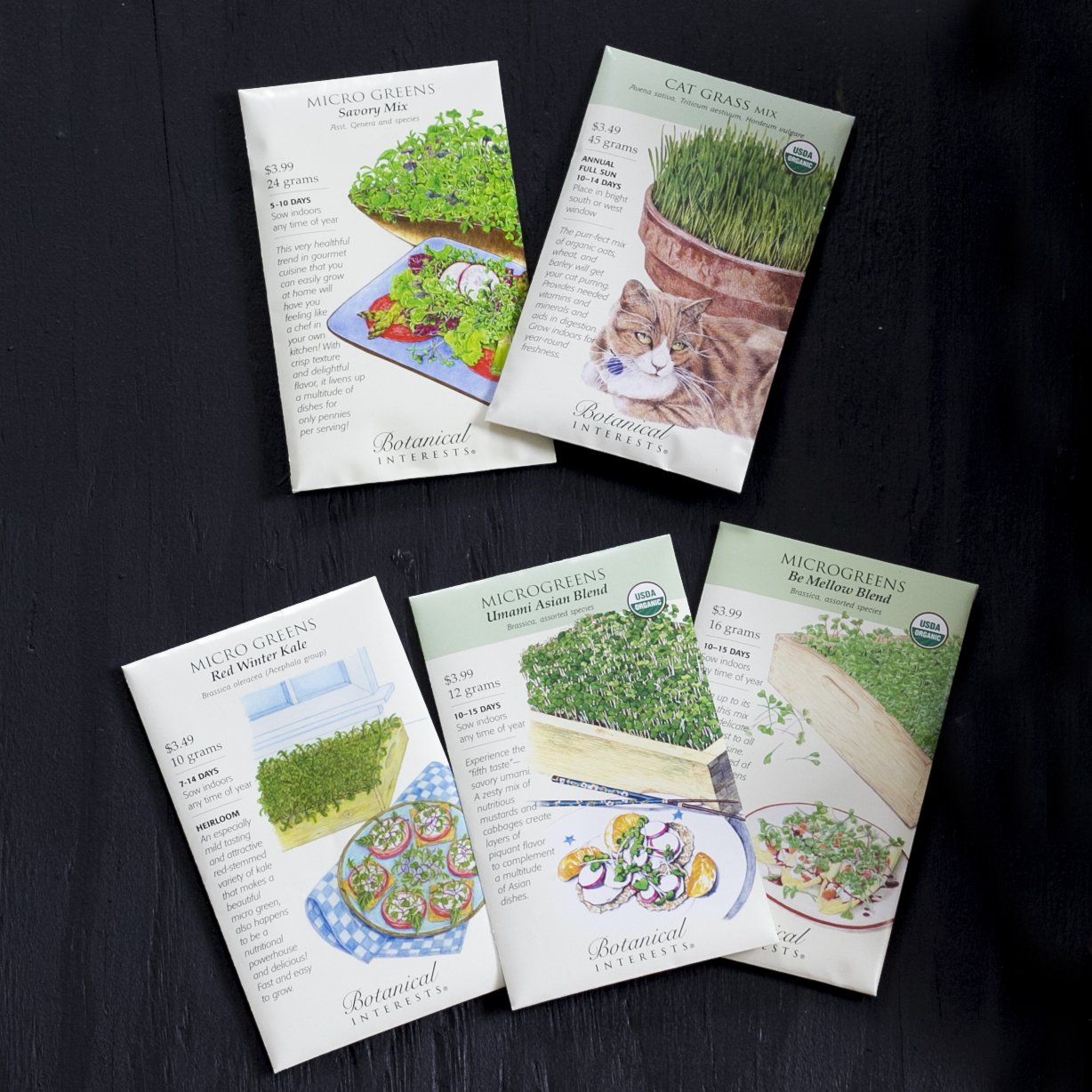Flowers have long been a way to express love, gratitude, and celebration—but did you know that each month has its own special bloom? Birth month flowers carry unique symbolism, making them a thoughtful and personal way to mark birthdays and special occasions.
At Mahoney’s Garden Centers, our talented florists are creating exclusive Birth Month Arrangements to help you celebrate in a truly meaningful way. Each month, we’ll feature a stunning arrangement inspired by that month’s birth flowers—available only for that month.
Whether you’re gifting a loved one or treating yourself to a bouquet that honors your birth month, these special arrangements are a beautiful way to celebrate all year long. Be sure to stop by and bring home yours before the month ends!
January — Carnation

Winter’s Radiance – A stunning blend of January’s birth flower, the carnation, with antique hydrangeas, larkspur, garden roses, and anemones, capturing the beauty of winter in bloom
Carnations are the official birth flower for January and symbolize love, fascination, and admiration. The different colors of carnations also carry unique meanings—red carnations represent deep love, pink signifies gratitude, and white symbolizes purity and luck.
-
- Carnations have been cultivated for over 2,000 years, dating back to ancient Greece and Rome, where they were used in ceremonial crowns.
- The name “carnation” is believed to come from the Latin word coronare, meaning “to crown,” referencing their use in garlands and decorations.
- In Christian tradition, legend says that pink carnations first appeared where the Virgin Mary’s tears fell as she watched Jesus carry the cross, which is why they are associated with a mother’s undying love.
- Carnations are long-lasting cut flowers, often staying fresh for up to two weeks, making them a perfect addition to bouquets and arrangements.
February — Iris

Iris Enchantment – A bold and sophisticated celebration of February’s birth flower, the iris, symbolizing faith, hope, and wisdom in rich purple hues
The iris represents faith, hope, wisdom, and valor. Its striking form and deep hues have long made it a symbol of royalty, spirituality, and inspiration. The name “iris” comes from the Greek word for rainbow, referencing the many colors irises can bloom in, though purple remains one of the most iconic shades.
-
- In Greek mythology, Iris was the goddess of the rainbow and a messenger between gods and humans. The flower was named after her, reflecting its divine and ethereal beauty.
- The iris is the inspiration behind the fleur-de-lis, a symbol of the French monarchy, representing nobility and wisdom.
- The root of certain iris species (orris root) has been used in perfumes and herbal medicine for centuries.
- Irises are perennials that thrive in many climates, often returning year after year with even more vibrant blooms.
March — Daffodil

Daffodil Dreams – A radiant celebration of March’s birth flower, the daffodil, symbolizing renewal, optimism, and new beginnings
Daffodils are a symbol of renewal, prosperity, and new beginnings, making them the perfect bloom for March, the start of spring. Their bright yellow petals are often associated with joy, hope, and positivity, and they are seen as a harbinger of warmer days ahead.
-
- Daffodils have been cherished for over 1,000 years, with origins tracing back to the Mediterranean. The Greeks and Romans planted them for both decorative and medicinal purposes.
- In some cultures, gifting a single daffodil is said to bring bad luck, but giving a bouquet ensures happiness and good fortune.
- Daffodils are one of the earliest flowers to bloom in spring, often appearing while snow is still on the ground.
- Daffodils are the official flower of the Boston Marathon, symbolizing resilience, hope, and perseverance. Thousands of daffodils bloom along the marathon route each April, offering a bright and uplifting display for runners and spectators alike. Many New England schools and communities also host “Daffodil Day” events, celebrating the arrival of spring through planting projects, fundraisers, and town-wide floral displays.
- The daffodil is also the emblem of many cancer charities, symbolizing hope and resilience in the fight against the disease.
Purchase Daffodil Dreams
April — Sweet Pea

Sweet peas are known for their delicate beauty and enchanting fragrance, symbolizing gratitude, bliss, and heartfelt pleasure. Their soft, ruffled petals and pastel hues evoke a sense of romance and charm, making them a beloved choice for spring bouquets.
-
- Sweet peas were especially popular during the Victorian era, where they were commonly included in bouquets to convey appreciation and kindness.
- These flowers are famous for their sweet, candy-like scent, which has made them a favorite in perfumes and floral arrangements.
- In some traditions, sweet peas represent parting and goodbyes, making them a meaningful choice for sending well wishes.
- Sweet peas thrive in cool spring weather, making them a lovely addition to New England gardens in early to mid-spring. They are often grown on trellises or as cut flowers for their whimsical, trailing vines.
- Unlike garden peas, sweet peas are purely ornamental—their seeds and pods are toxic if consumed, so they are admired for their beauty rather than their flavor!
May — Lily of the Valley

Lily of the valley is a delicate yet highly symbolic flower, representing purity, humility, happiness, and a return to joy. Its tiny, bell-shaped blooms emit a sweet fragrance, making it a cherished flower for both celebrations and sentimental occasions.
-
- Lily of the valley has been featured in many royal weddings, including Kate Middleton’s bridal bouquet, due to its elegance and symbolism of love and devotion.
- This flower is one of the earliest perennials to bloom in spring, often appearing in woodlands and shaded gardens as a sign that warmer days are ahead.
- In France, May 1st is “La Fête du Muguet” (Lily of the Valley Day), where people gift sprigs of the flower as a symbol of good luck and happiness.
- Despite its delicate appearance, lily of the valley is highly toxic if ingested, making it important to handle with care around pets and small children.
- Lily of the valley thrives in New England’s cooler climate, often found in shaded gardens, under trees, or in wild forest patches. Its ability to spread quickly makes it a classic ground cover plant for spring landscapes.
June — Rose

Roses are one of the most universally recognized symbols of love, passion, beauty, and honor. With their vast range of colors, each hue carries a different meaning—red for love, pink for gratitude, white for purity, and yellow for friendship.
-
- Roses date back over 35 million years, with references found in ancient Greek, Roman, and Egyptian cultures, where they were associated with gods, royalty, and ceremonies.
- In 1986, the rose was declared the national flower of the United States, representing beauty and strength.
- Roses are referenced over 50 times in Shakespeare’s works, including the famous line from Romeo and Juliet, “A rose by any other name would smell as sweet.”
- Roses thrive in New England gardens, with many cold-hardy varieties blooming throughout the summer. Climbing roses and shrub roses are especially popular for their resilience in the region’s climate.
- The thousand-year-old rose in Germany’s Hildesheim Cathedral is believed to be the oldest living rose bush, proving just how enduring these blooms can be.
July — Delphinium
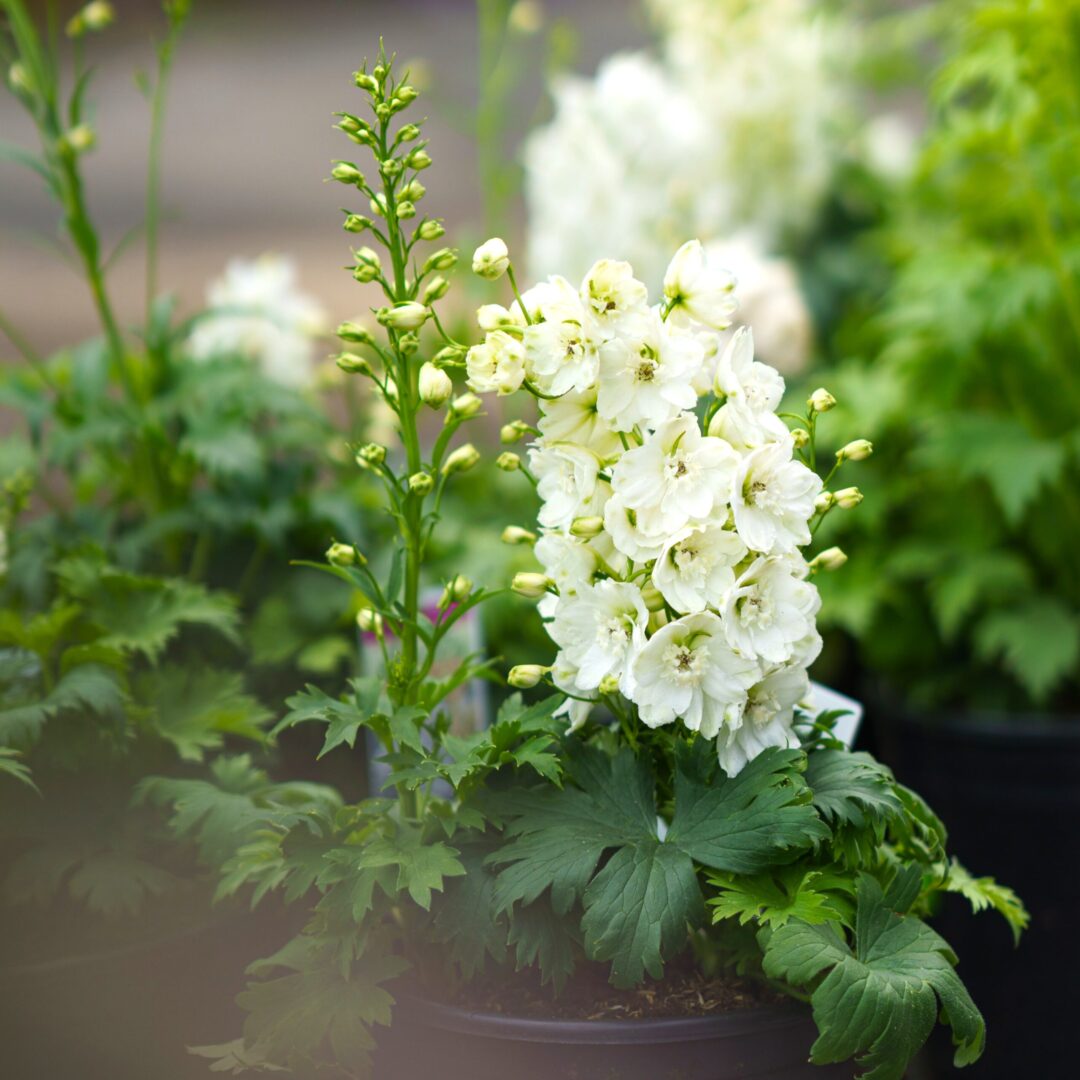
Delphiniums, also known as larkspur, represent positivity, grace, dignity, and strong bonds of love and friendship. Their tall, spiky blooms come in shades of blue, purple, pink, and white, adding elegance and vibrancy to summer floral arrangements.
-
- The name delphinium comes from the Greek word “delphis,” meaning dolphin, as the flower’s buds resemble the shape of a dolphin.
- Delphiniums have long been a favorite in English cottage gardens, prized for their tall, stately appearance and ability to attract butterflies and bees.
- In medieval times, delphiniums were believed to ward off evil spirits, and they were often planted near homes for protection.
- While delphiniums thrive in cooler climates, they require well-draining soil and shelter from strong winds—making them a great choice for protected garden beds in New England.
- Despite their beauty, delphiniums are highly toxic if ingested, so they should be kept away from children and animals.
August — Poppy

Poppies are known for their vibrant beauty and deep symbolism, often representing remembrance, peace, imagination, and resilience. The different colors of poppies carry distinct meanings—red symbolizes remembrance and sacrifice, white represents peace, and yellow or orange conveys success and positivity.
-
- Red poppies are an enduring symbol of remembrance for fallen soldiers, inspired by the poem In Flanders Fields by John McCrae, which describes poppies growing on World War I battlefields.
- The opium poppy (Papaver somniferum) has been cultivated for thousands of years for its medicinal properties, though many garden varieties are purely ornamental.
- Certain types of poppies, like the Iceland poppy and oriental poppy, thrive in New England’s cool summers, adding bright, cheerful color to gardens from mid to late summer.
- Poppies may have a short blooming period, but their self-seeding nature ensures they return year after year, often appearing in greater numbers.
- In Greek mythology, poppies were associated with Hypnos, the god of sleep, due to their sedative properties. They were often depicted in ancient art as a sign of rest and peace.
September — Aster

Asters are named after the Greek word for “star,” reflecting their delicate, daisy-like petals that resemble a starburst. They symbolize love, wisdom, faith, and strength, making them a meaningful bloom for September. In the Victorian language of flowers, asters were often given as a token of deep affection and admiration.
-
- According to Greek mythology, asters were created from the tears of the goddess Astraea, who wept when she saw no stars in the sky.
- Asters are one of the last perennials to bloom in the garden, bringing vibrant purple, pink, red and white flowers to landscapes as summer fades into fall.
- Asters are a favorite of bees and butterflies, providing an important nectar source for pollinators before winter.
- Many native aster species thrive in New England, including New England aster (Symphyotrichum novae-angliae), which grows wild in meadows and along roadsides, adding a burst of purple to the autumn landscape.
- In ancient times, asters were placed on altars and used in wreaths to honor the departed, making them a symbol of remembrance as well as love.
October — Marigold

Marigolds are known for their bold, golden hues and symbolize warmth, creativity, passion, and protection. Their bright petals are often associated with the sun, making them a perfect flower for celebrating autumn’s rich colors.
-
- Marigolds play an important role in Día de los Muertos (Day of the Dead) celebrations in Mexico, where they are believed to guide spirits back to their loved ones with their vibrant color and scent.
- In gardens, marigolds are often planted as a companion plant because their scent helps repel pests and attract beneficial insects.
- Marigolds are used in Hindu festivals and weddings, where they represent prosperity and are woven into garlands for good luck.
- Marigolds thrive in New England gardens, blooming from summer into late fall and tolerating light frosts, making them a staple of autumn landscapes.
- Certain varieties, like pot marigolds (Calendula), have been used in herbal medicine and teas, and their petals are even edible, adding color to salads and dishes.
November — Chrysanthemum

Chrysanthemums, often called “mums,” symbolize joy, longevity, and gratitude. In many cultures, they are associated with happiness and well-being, making them a meaningful bloom for November celebrations.
-
- In Japan, chrysanthemums are a symbol of the imperial family, and the country even holds a Festival of Happiness in their honor each year.
- Mums are one of the most popular fall flowers in New England gardens, as they thrive in cooler weather and continue blooming well into November.
- The color of chrysanthemums can change their meaning—red for love, yellow for friendship, white for truth, and purple for good wishes.
- While chrysanthemums symbolize joy in many cultures, in some European countries, they are associated with mourning and are used in cemeteries to honor loved ones.
- According to a NASA study, chrysanthemums are one of the best air-purifying plants, helping to remove toxins from indoor spaces.
December — Narcissus

The narcissus, specifically paperwhites, symbolizes hope, renewal, and prosperity, making it a fitting bloom for December, a time of reflection and new beginnings. Their pure white petals and sweet fragrance bring a sense of elegance and serenity to winter floral arrangements.
-
- Narcissus is one of the first flowers to bloom in late winter and early spring, often associated with new beginnings and rebirth.
- The flower is named after Narcissus, the figure from Greek mythology who fell in love with his own reflection.
- Paperwhites are commonly forced indoors during winter, making them a beloved holiday bloom in homes and festive decorations.
- In China and the Middle East, narcissus flowers are associated with good luck and prosperity, often given as gifts for the Lunar New Year.
- Paperwhites are one of the easiest bulbs to grow indoors, requiring only water and pebbles to bloom in just 3-5 weeks.
Celebrate Every Month with Meaningful Blooms
Birth month flowers are a beautiful way to honor life’s special moments, each carrying its own unique symbolism and history. Whether you’re celebrating a birthday, looking for a thoughtful gift, or simply embracing the beauty of seasonal blooms, our Birth Month Arrangements are the perfect way to mark the occasion.
At Mahoney’s Garden Centers, our florists at our Winchester and Tewksbury locations carefully craft each arrangement to showcase the charm of every month’s flower. These special designs are available throughout the month, so be sure to stop by and bring home a meaningful bouquet to celebrate yourself or a loved one!
Shop the Florist
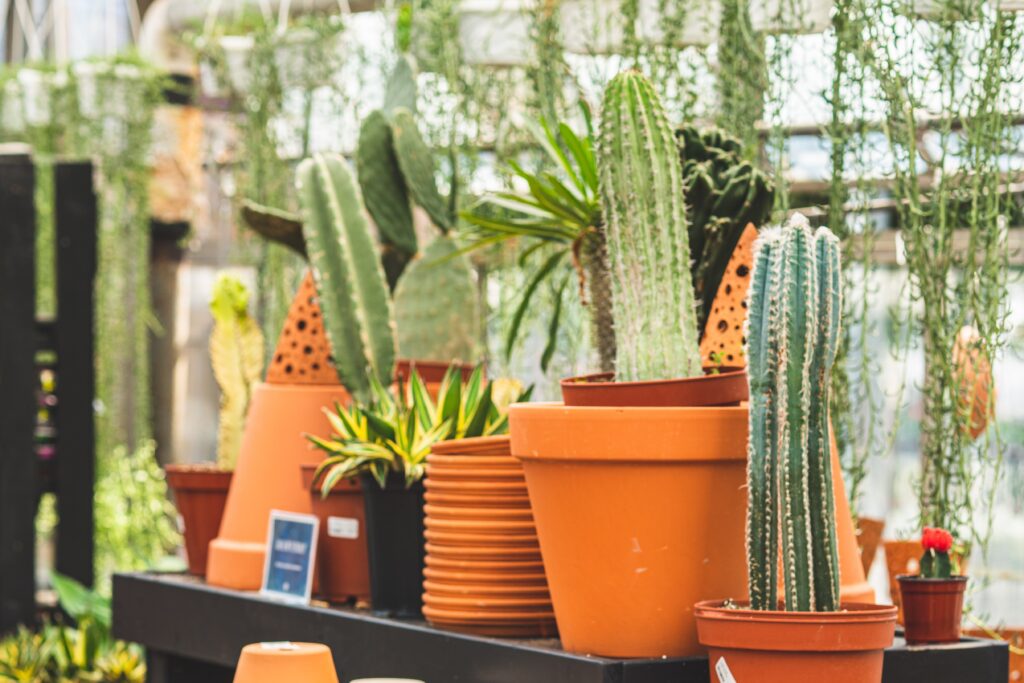
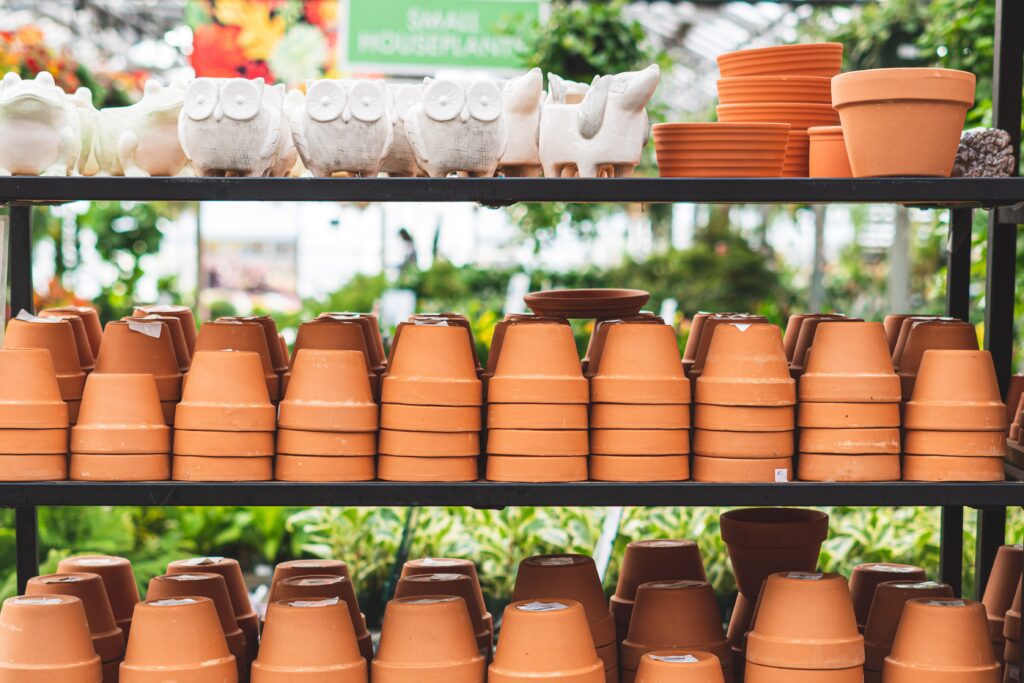




















 Additional Perennials to Start from Seed
Additional Perennials to Start from Seed


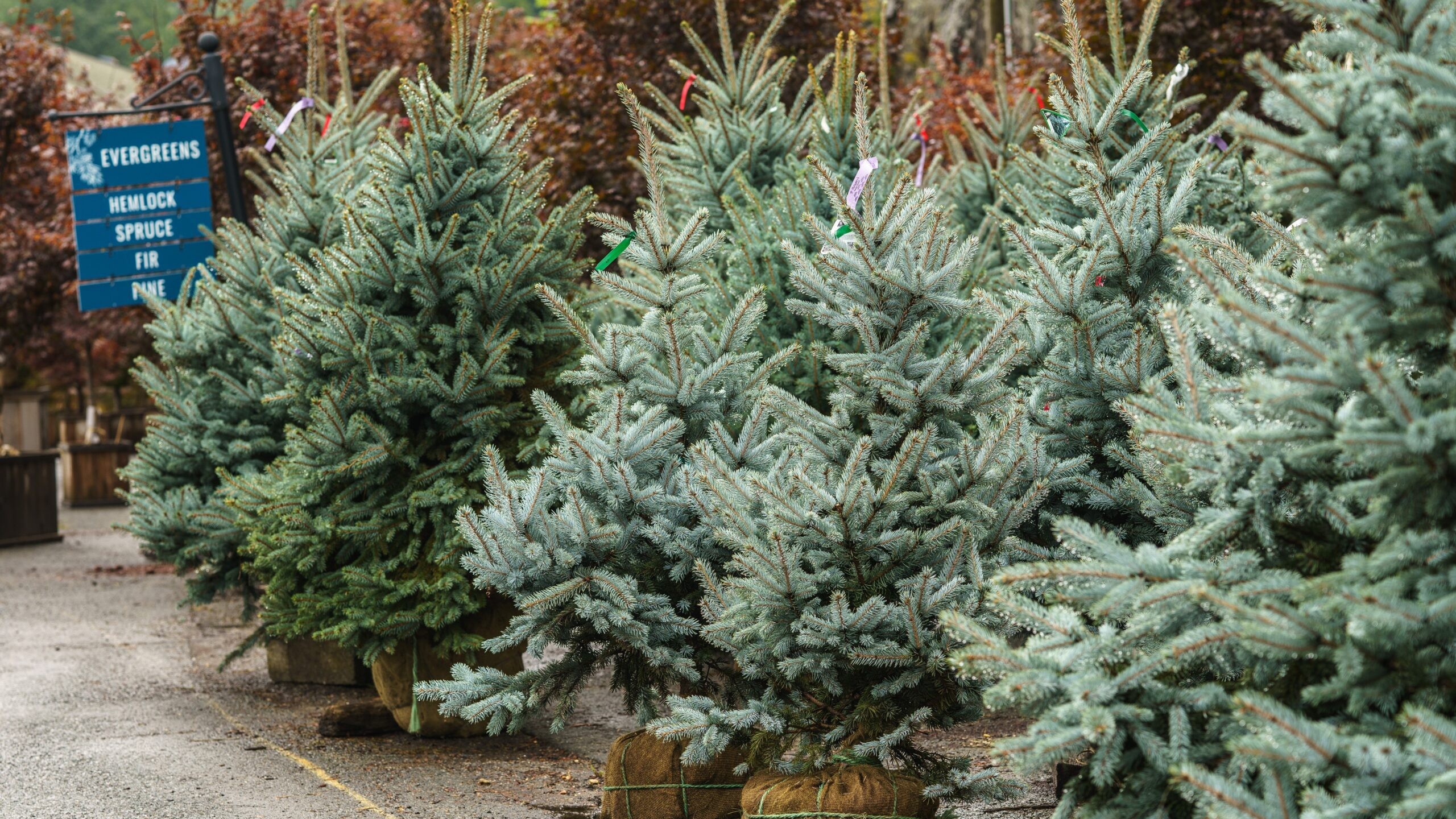
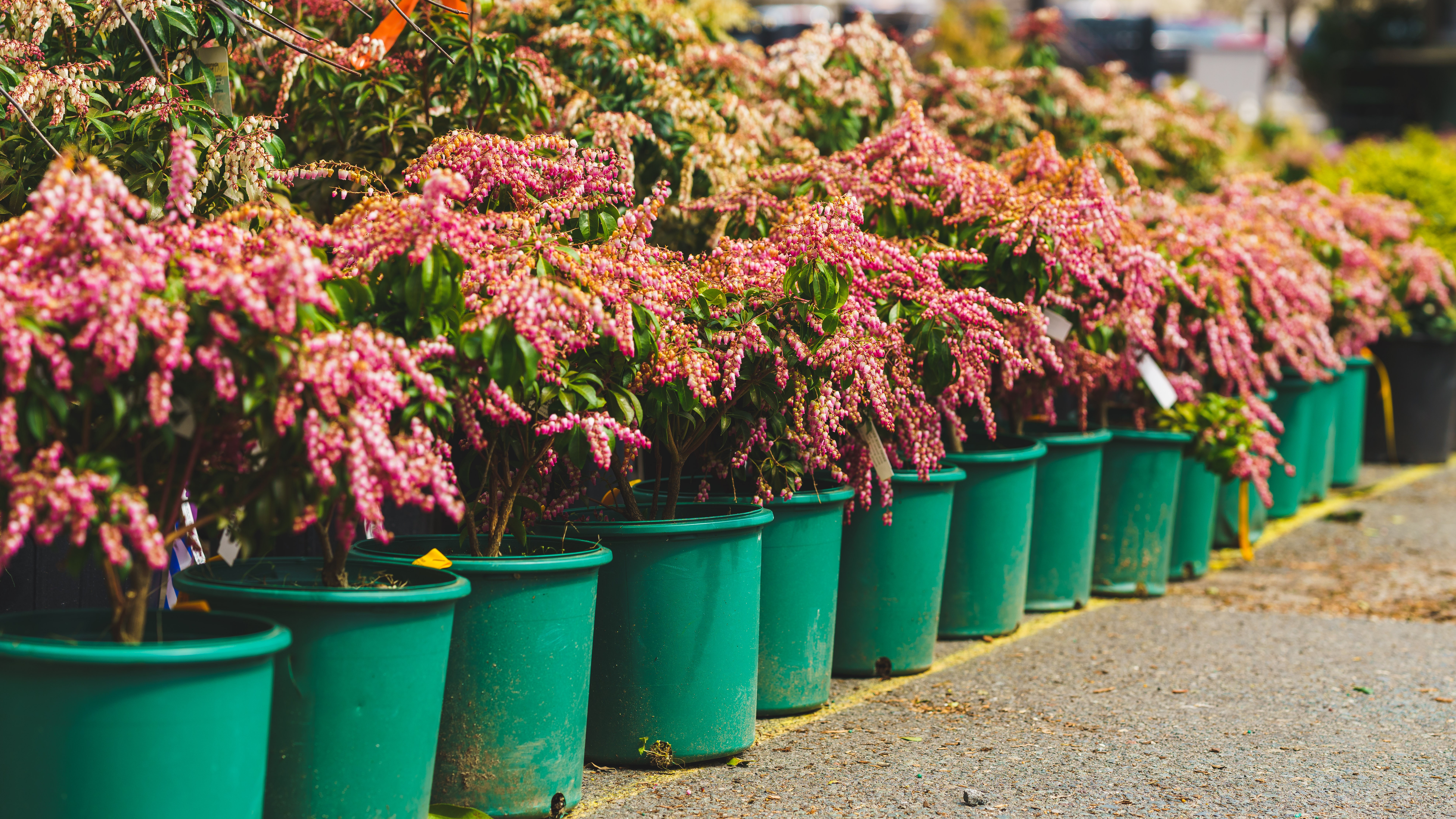


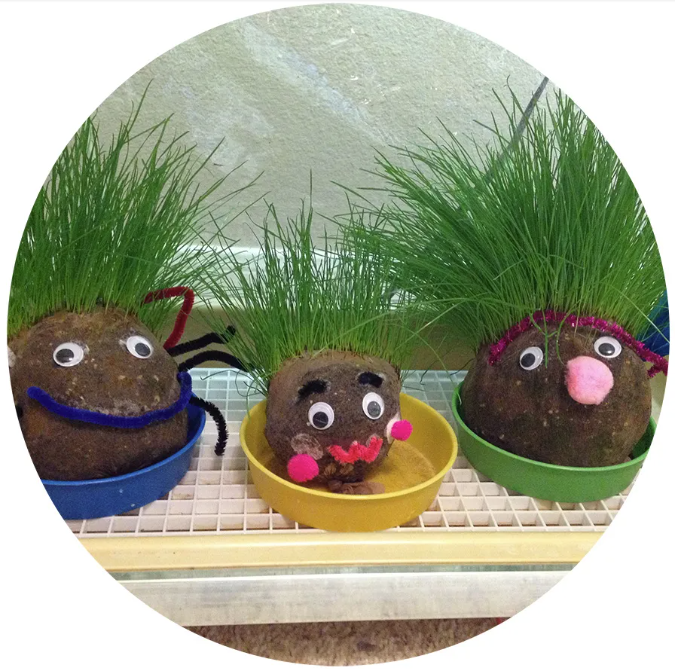
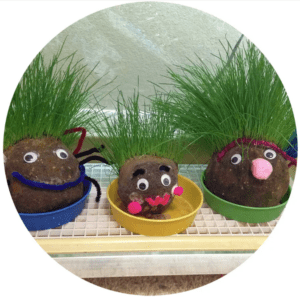 Looking for a fun, creative, and educational activity to keep the kids (and yourself) entertained on a rainy afternoon? Say hello to Plant People! This delightful project combines crafting and gardening, allowing kids and adults to create whimsical faces that grow their own grass “hair.” It’s a perfect mix of imagination, science, and a touch of green-thumb magic.
Looking for a fun, creative, and educational activity to keep the kids (and yourself) entertained on a rainy afternoon? Say hello to Plant People! This delightful project combines crafting and gardening, allowing kids and adults to create whimsical faces that grow their own grass “hair.” It’s a perfect mix of imagination, science, and a touch of green-thumb magic.


